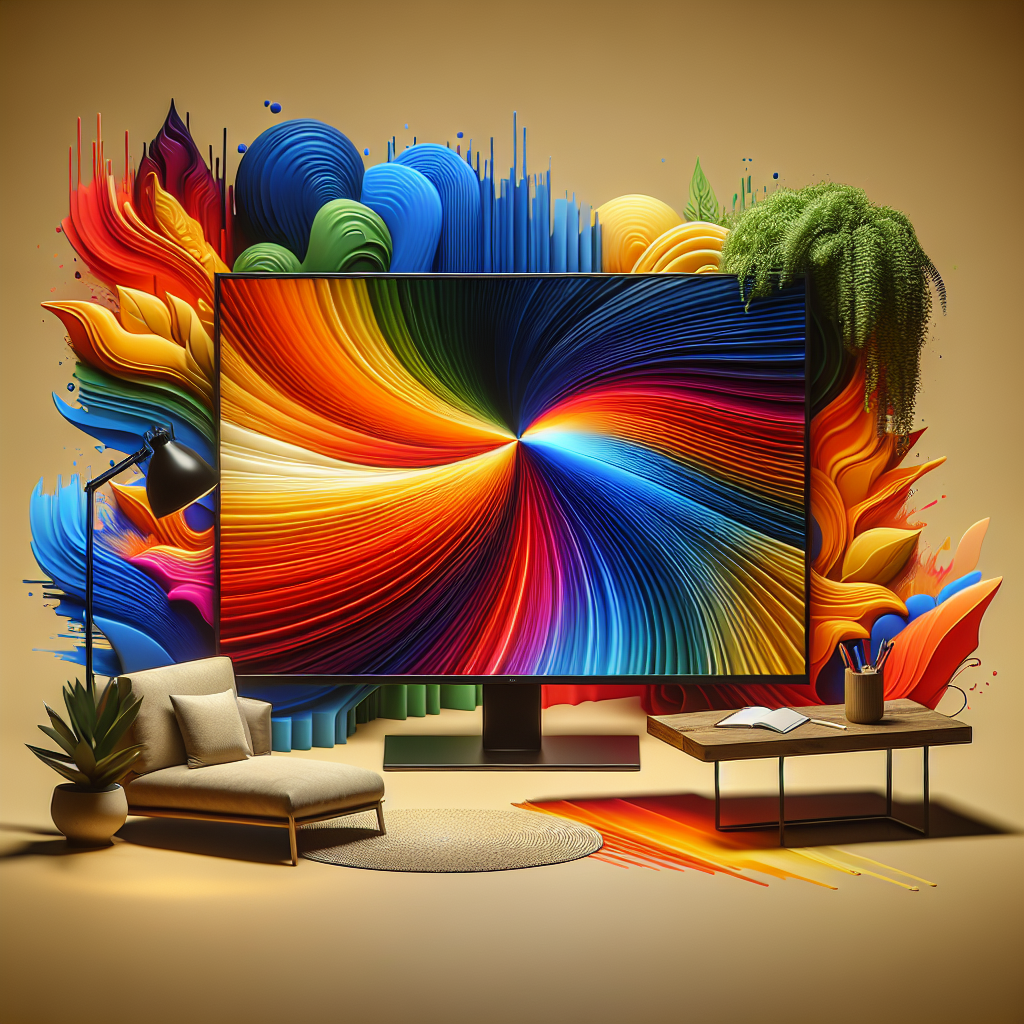High Dynamic Range (HDR) is a technology that significantly improves the quality of visual content by enhancing the color contrast and brightness levels. As HDR becomes increasingly popular in various display technologies, one may wonder if plasma monitors support this feature. This article delves into the intricacies of plasma monitors and their compatibility with HDR.
Understanding Plasma Monitors
Plasma monitors were once at the forefront of display technology, known for their rich colors and deep blacks. These displays utilize tiny plasma cells that emit light when electrically charged, producing a wide color gamut and high contrast ratios. Here’s a comparative look at some key features of different monitor technologies:
| Feature | Plasma Monitors | LED Monitors | OLED Monitors |
|---|---|---|---|
| Color Accuracy | High | Medium | Very High |
| Black Levels | Deep Blacks | Good | Perfect |
| Brightness | Moderate | High | High |
| Energy Efficiency | Low | High | Medium |
| HDR Support | No | Yes | Yes |
What is HDR?
HDR stands for High Dynamic Range. It is a technology that enhances the range of colors and brightness in a display, providing a more lifelike and vibrant viewing experience. Commonly found in modern LED and OLED screens, HDR increases the contrast between the brightest whites and the darkest blacks, making the picture look more realistic.
Key Components of HDR
- Brightness: HDR increases the peak brightness levels to create more vibrant visuals.
- Contrast: It enhances the contrast ratio, making the difference between dark and light areas more pronounced.
- Color Gamut: HDR expands the color spectrum, offering more shades and hues.
Plasma Monitors and HDR Compatibility
Plasma monitors do not support HDR technology. The reasons are rooted in their inherent design and the period during which they were most popular. Plasma technology reached its peak before HDR became mainstream. Consequently, they lack the necessary hardware and software features required to support HDR content.
Technical Constraints
Several technical constraints prevent plasma monitors from supporting HDR:
- Brightness Levels: Plasma screens generally have lower peak brightness levels compared to modern LED and OLED monitors. HDR requires higher brightness to display enhanced visuals effectively.
- Energy Consumption: Plasma displays are not energy-efficient. Incorporating HDR would demand even more power, making it impractical.
- Hardware Limitations: Plasma technology lacks the advanced processing capabilities necessary for HDR.
Alternatives to Plasma Monitors
If you are keen on experiencing HDR, it is advisable to switch to modern alternatives such as LED or OLED monitors. These technologies offer robust support for HDR and come with a range of other benefits like energy efficiency and better overall performance.
LED Monitors
LED monitors utilize liquid crystals backlit by LEDs. These displays are known for their high brightness and energy efficiency. Most modern LED monitors come with HDR support, making them a good choice for HDR content.
Advantages of LED Monitors
- High Brightness Levels
- Energy Efficiency
- Widespread HDR Support
- Affordable Prices
OLED Monitors
OLED monitors use organic compounds that emit light when electrically charged. These displays offer superior color accuracy, deep blacks, and wide viewing angles. They also support HDR, providing an incredible viewing experience.
Advantages of OLED Monitors
- Perfect Black Levels
- Wide Color Gamut
- Excellent HDR Support
- Wide Viewing Angles
Conclusion
In summary, plasma monitors do not support HDR due to their design limitations and the era in which they were prevalent. To enjoy HDR content, it is advisable to invest in a modern LED or OLED monitor. These newer technologies offer better performance, energy efficiency, and a superior viewing experience overall. As HDR continues to gain traction, ensuring your display technology supports it is essential for the best visual experience.




